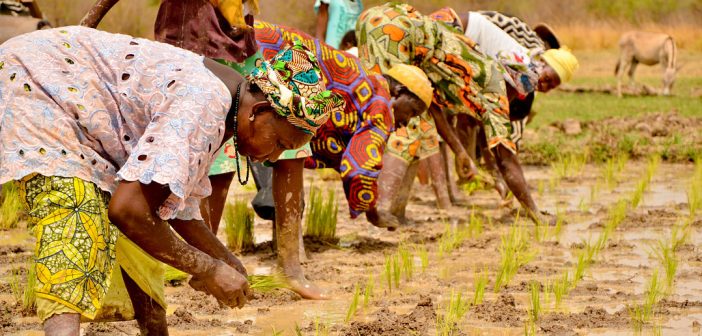
Gambian experts have advocated for changing the country’s cash crop from groundnut to either sesame, cotton or cashew, as the traditional choice has lost its value in the international market mainly due to climate change.
This came after framers expressed worries over the situation as their financial returns, which they get after selling their produces at the end of rainy season, has been consistently declining.
“It’s a problem for us. Most of us do farming with the intention of selling our harvest and use the money to fund our children’s schools fees, provide fish money for our daily consumptions and other social functions. But things have not been working out good in recent seasons,” Lasana Fofana, a local farmer, told Xinhua.
Gambia was one of the largest exporters of groundnut three decades ago in the sub-region. But according to agriculture lecturer and expert in climate change Sidat Yaffa, the leading factor affecting low productivity of groundnut is climate change.
“First and the main reason is the climatic factor, because rainfall would not come on time,” he said.
“Before the 1990, The Gambia used to have about five months of rainfall and it used to come heavily. The average per year would be 1000 millilitres. Today, rain fall has gone down and some parts of the country have an average of 800 milliliters which is not sufficient enough to produce groundnut,” he said.
But in terms of diversifying or shifting from groundnut as a cash crop, he suggested the adoption of cotton and sesame, arguing that cotton had its glorious moments for farmers in the Upper River Region (east of The Gambia) and it was exportable.
“The cotton should be revived in order to give more economic incentives to Gambian farmers. Another crop that could be introduced which could be processed here locally for our consumption mainly is sesame crop,” said the expert.
Nyang Njie, an economist, suggested cashew to replace groundnut as cash crop, stating that what worked three decades ago cannot work today.
“Our major cash crop groundnut has suffered significant setback in the sense that the Gambian groundnut in the 70s was very good, because it was used for all the major chocolate factories in the world. But of late our groundnut deteriorated to the point it is either good for oil or animal feeds,” he explained.
According to Njie, the value has significantly gone down, considering the total tonnage that they normally produce on a yearly basis.
Director of Agriculture Department Saikou E. Sanyang admitted the low productivity of groundnut in recent times.
“The alternative can be cotton. Cotton needs a lot of input, especially fertilizer and agro-chemical. But if all these are put in place and the market is available, it can do well,” Sanyang stressed.
According to the Gambia Investments and Export Promotion Agency (GIEPA), Gambia has the potential to produce 250,000 metric tone (MT) of groundnuts in addition to 40,000 MT of sesame. However, the country lacks modern mills needed to process these products.
According to the Ministry of Agriculture, about 80 percent of 2 million Gambians are depending on agriculture for its food and cash income. The country has 558,000 hectares of very good quality arable land, of which only 200,000 hectares are currently under rain fed agricultural production.
(Xinhua)










Recent Comments